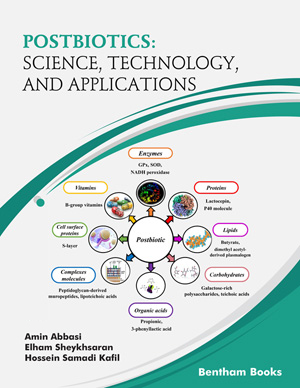Abstract
Nanomaterials (NMs) are increasingly used in biomedical sciences. These compounds play a crucial role in many aspects of biomedicine, including disease diagnosis (e.g., biosensors), drug development, and implant technology. The unique architecture, size, composition, surface properties, and shape of NMs make them ideal for various purposes (e.g., drug delivery systems). A wide range of NMs such as carbon nanotubes, silica compounds, metallic nanoparticles, nano-pattern surfaces, liposomes, and nano-hydrogels are widely investigated for these purposes. On the other hand, the gastrointestinal (GI) tract and the liver tissue are among the first organs exposed to orally administered NMs. Hence, it is essential to investigate the impact of nanoparticles on these organs. In the current chapter, the potential pharmacological applications of NMs in GI and liver diseases are discussed. Then, the effects of nanoengineering on the pharmacokinetic parameters and the adverse effects of nanomaterials in the GI tract and the liver are highlighted. The data provided in the current chapter could help develop safe pharmaceuticals and prevent the adverse effects of NMs in the GI and liver systems.






















